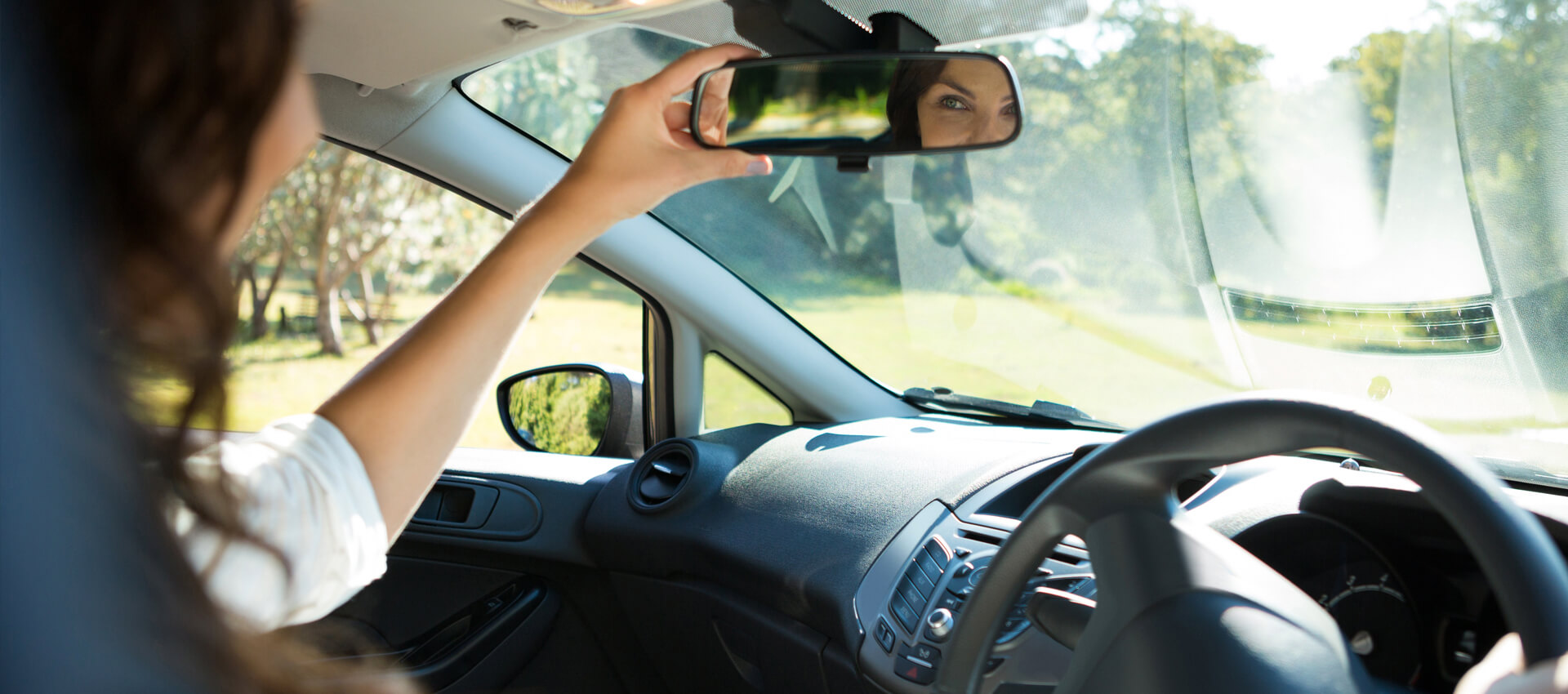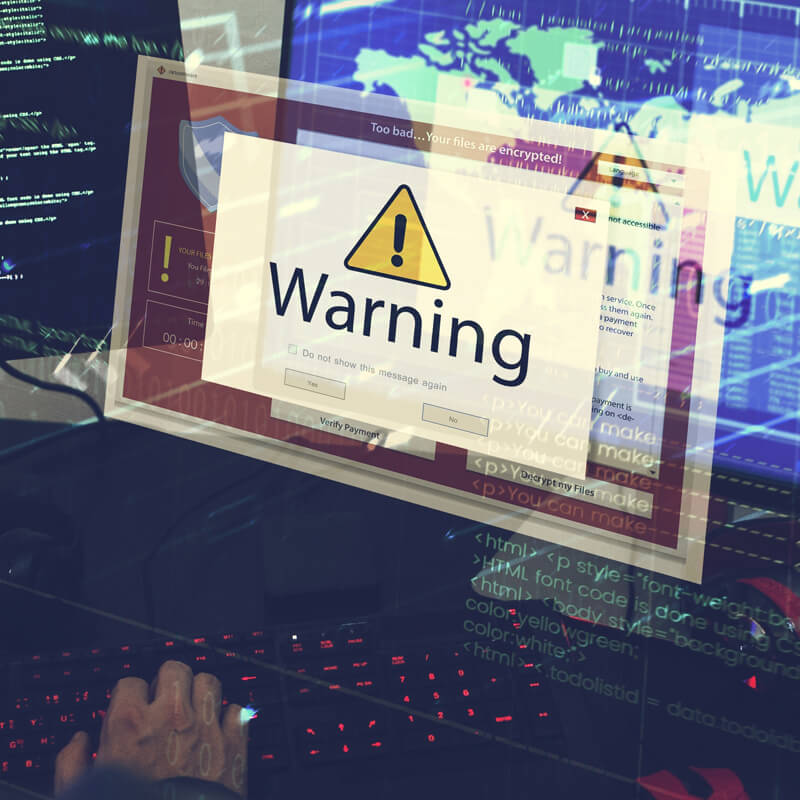Cockpit Drill Pre Driver Safety Checks

What is the cockpit drill and why should you learn it?
When you get into a car, especially one which is shared, like your driving instructor’s car, you need to check some items for ease of use and safety.
This is called the cockpit drill, (as in a pilot’s cockpit) and is vital for driver safety checks.
You should perform driver safety checks when stationery! NEVER make these adjustments whilst driving.
Follow this simple list to help you remember the essential driver safety checks
- Doors
- Seat
- Steering
- Seatbelt
- Mirrors
Check the doors
Check they are closed, firmly. Not forgetting the boot or the rear car doors, if you have passengers.
Find out if your car has child safety locks, and learn how to activate and deactivate them.
Find out how to lock and unlock doors, and check if you have central locking.
Check the seat
Adjust your seat to fit your height. Most car seats are fully adjustable now, and you may need to adjust the height of the seat, and the distance from the pedals.
Your clutch leg should not be completely straight as you push for the pedal, but neither should it be too bent, as you might hit your knee on the steering column.
Make several adjustments until you have it right. You must be able to safely operate the controls, and be able to see out of the middle part of the windscreen on the driver’s side, and through the steering wheel to the instrument panel.
The head restraint is often overlooked (which is there to protect your neck and spine in case of an accident) and is also adjustable.
There will be a button release on the supports to allow you to adjust the height of the restraint – this should be adjusted so the main rigid part of the restraint is behind the head, about level with the top of the ears.
Never remove the head restraint, it is there for your protection.
Checking the steering wheel
You can adjust the angle and tilt of the steering column on many cars.
You may also find that the steering wheel itself can be moved further away from you or pull out towards you, depending on your height.
Make sure that the steering wheel does not obscure your view of the instrument panel.
Don’t sit too near, because in the event of a collision your air-bag (should they be fitted) will deploy, and could cause facial damage from the ejecting of the casing over the airbag.
If you are too close, these casings may hit your rather than you hitting a fully inflated airbag.
Check your seatbelt
By law you must wear a seatbelt unless you are exempt for medical reasons and failing to do so could lead to prosecution and fines.
In any case, it is there to save your life so it seems senseless to ignore something so valuable.
Place the lap strap low across your abdomen and slip the shoulder strap across your body. Make sure it is clipped in securely, and that there are no twists or buckles in the strap.
The strap is about 2 inches wide for a reason, so if it is twisted, it will cause injury in the event of an accident.
Many cars have a height adjustment on the higher anchor point.
All passengers must wear the correct seatbelt for their size and age. Children and babies will need a suitable seat or specialist baby carrier depending on their age.
Always check the manufacturer’s instructions on how to fit/use these items.
Check your mirrors
These are such important items, and integral to your safety.
Check that the interior mirror is adjusted to match the rear window frame. It is useless to be able to see the back seat.
Be sure you know what the anti-dazzle switch is for. This is located on the lower edge of the mirror and can be used at night to deflect dazzling lights of traffic.
The side door mirrors (which are convex) show a distorted image and are useful for checking out the movement to the left and right sides of your car.
Adjust these so that they show a narrow slice of the rear of the car, and approximately half and half of the sky and ground.
This enables you to keep up to date on what is happening around you.
Never make adjustments to your mirrors while you are driving. Always do it before you move off, or stop and make further adjustments from the safety of the roadside.
Additional cockpit drill driver safety checks
Before switching on the engine, check that the car is in neutral and that the handbrake is engaged!


